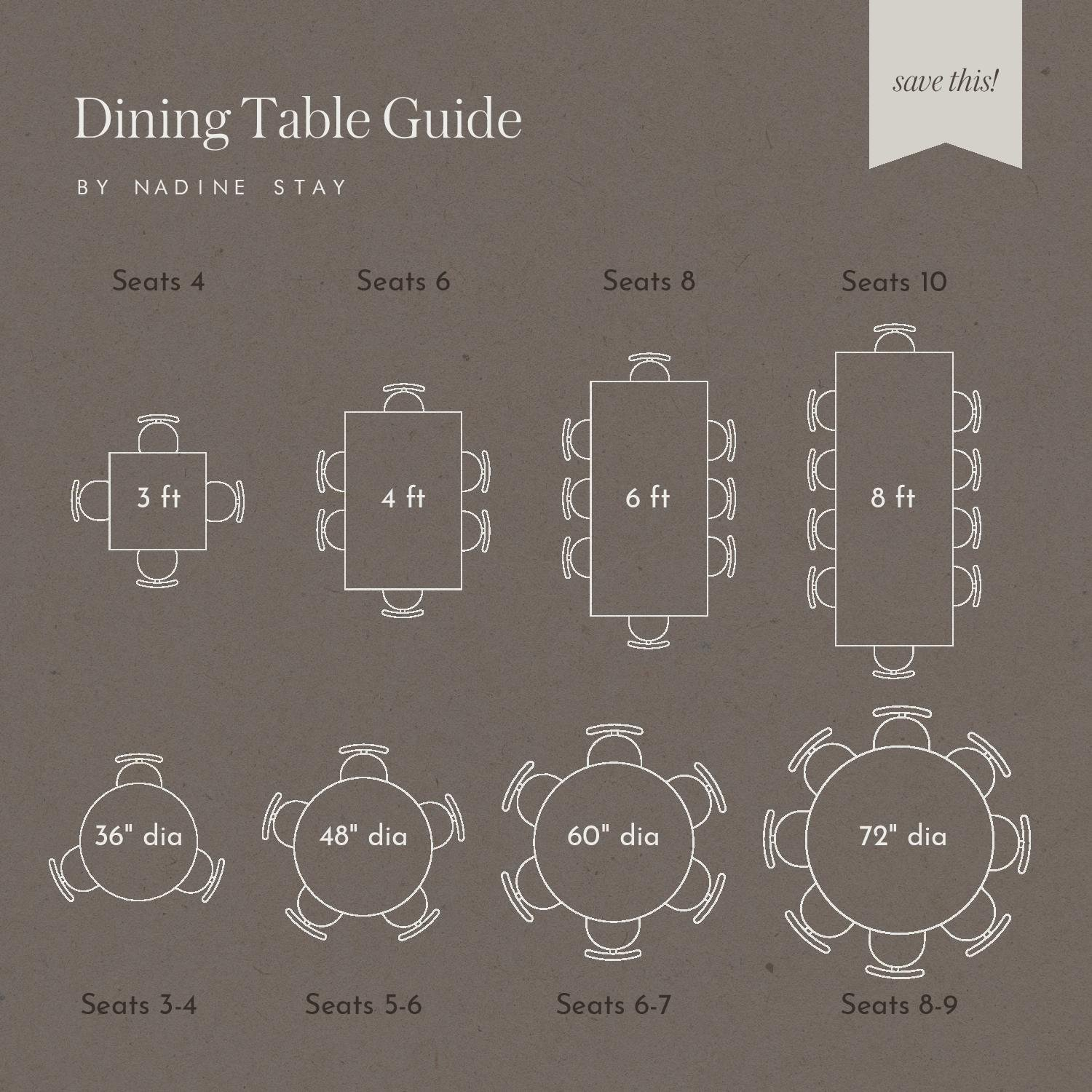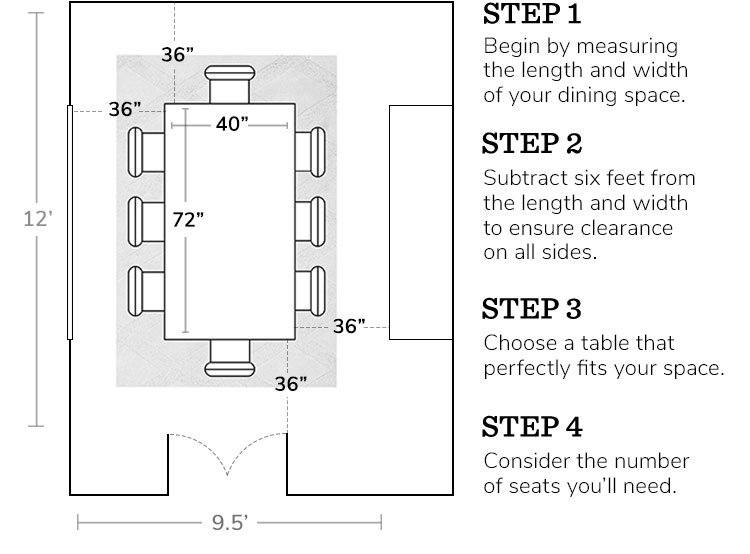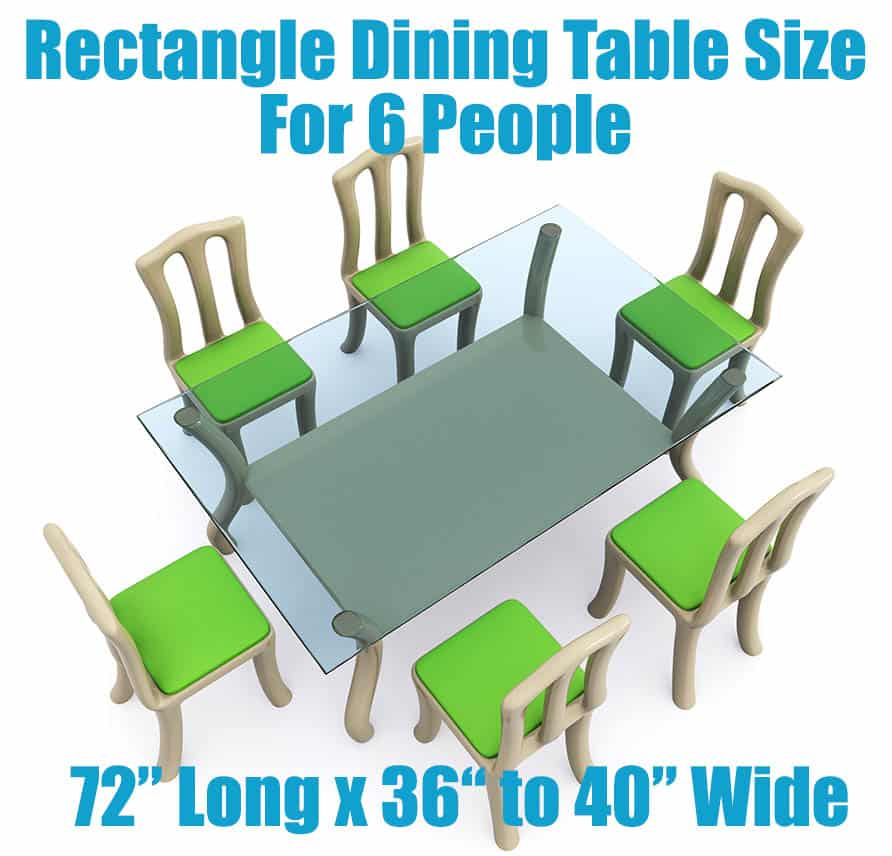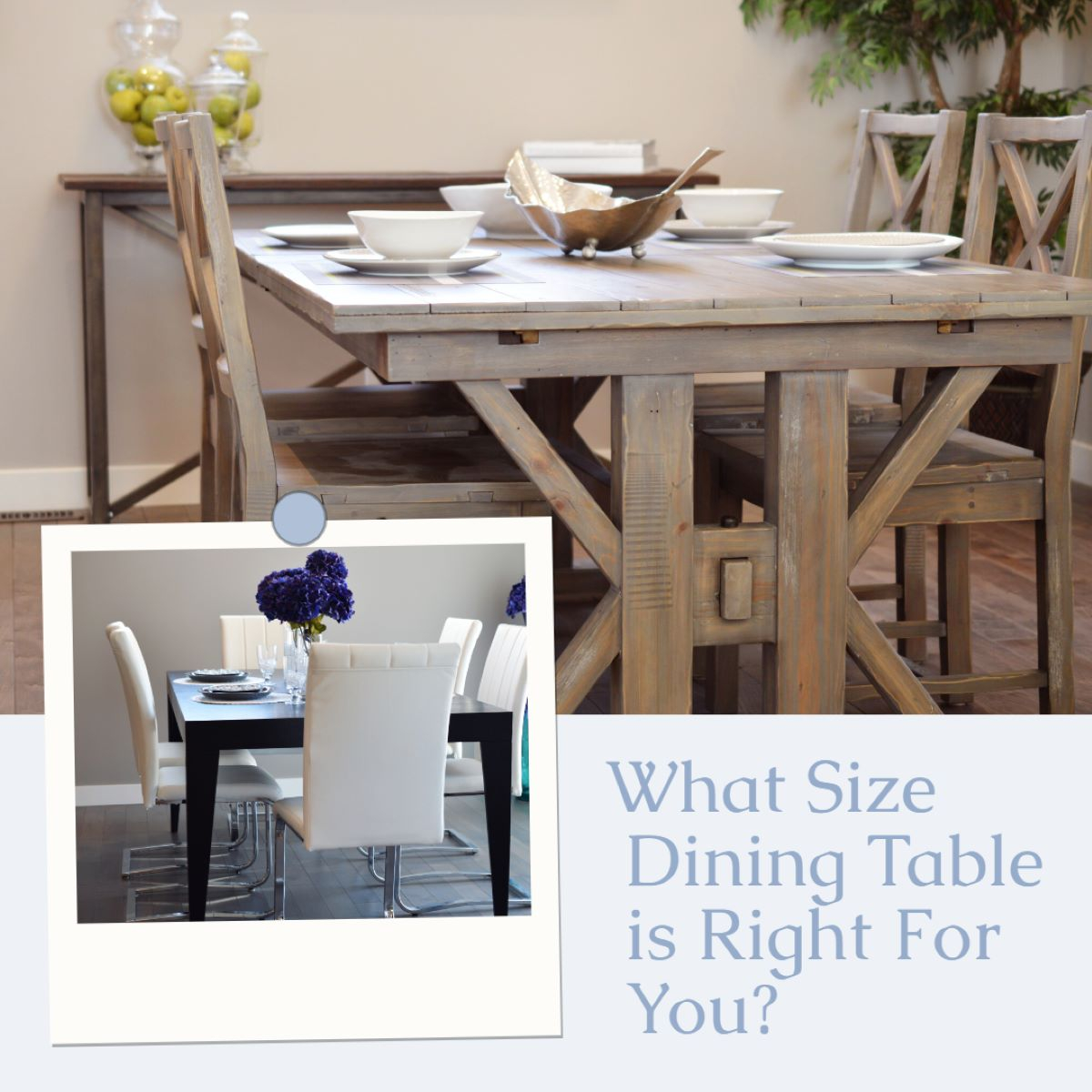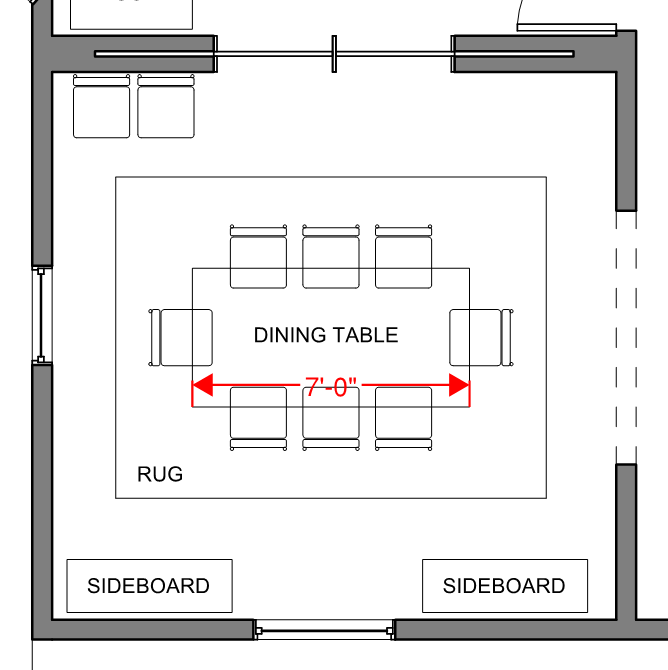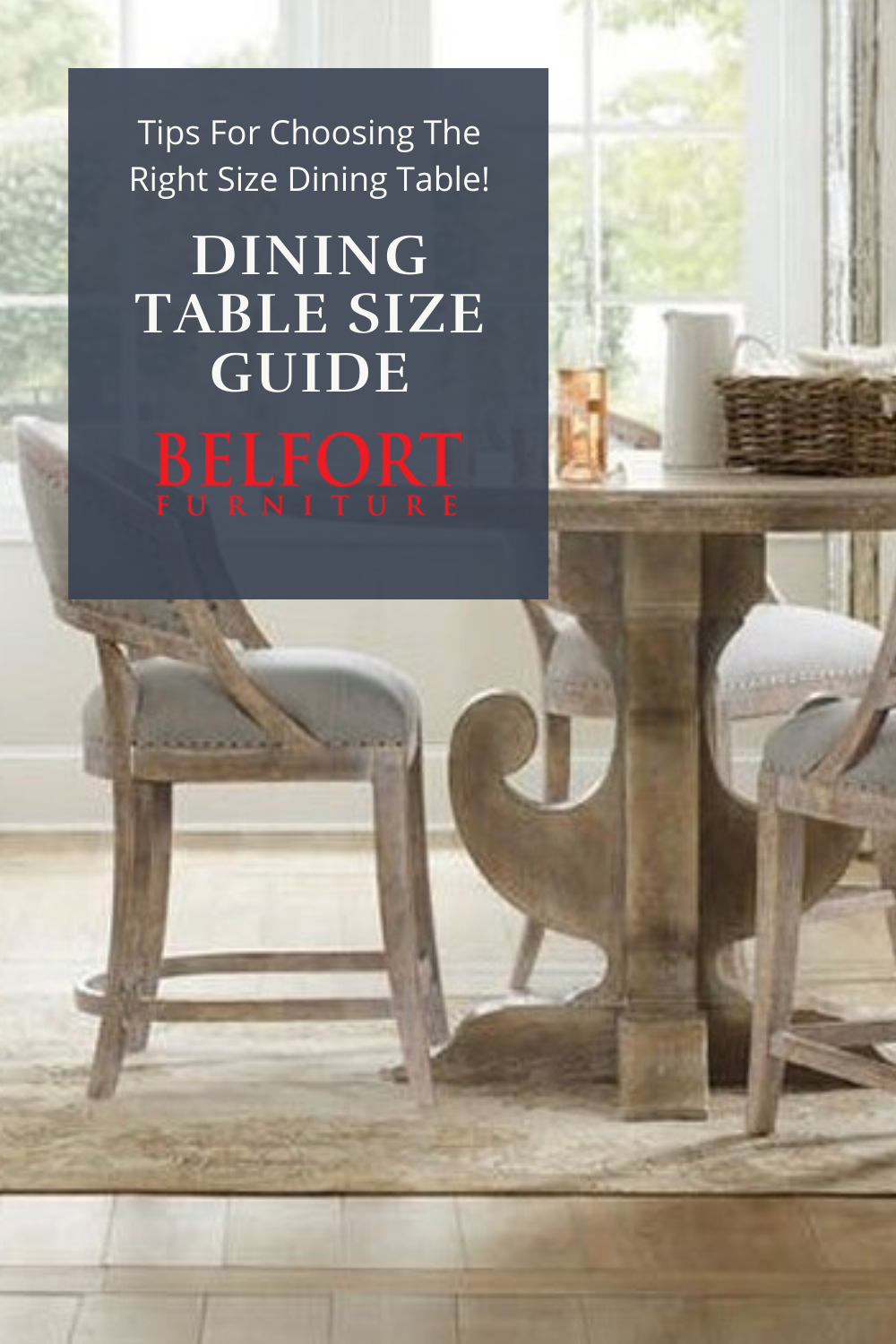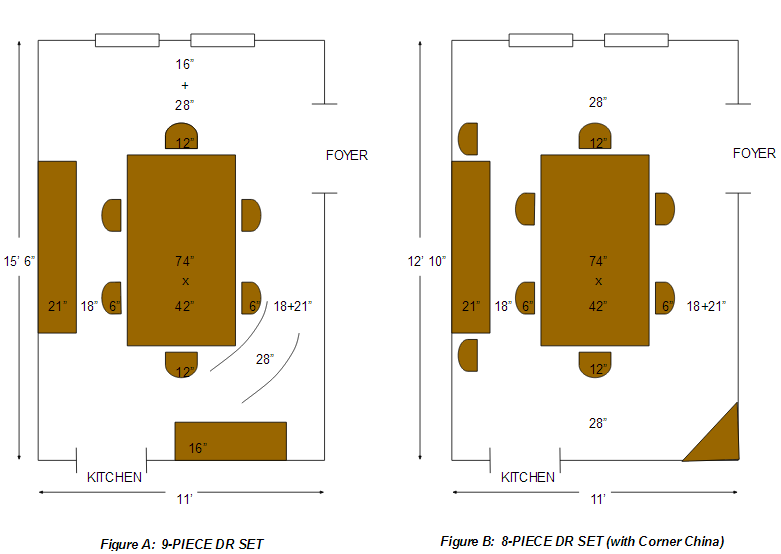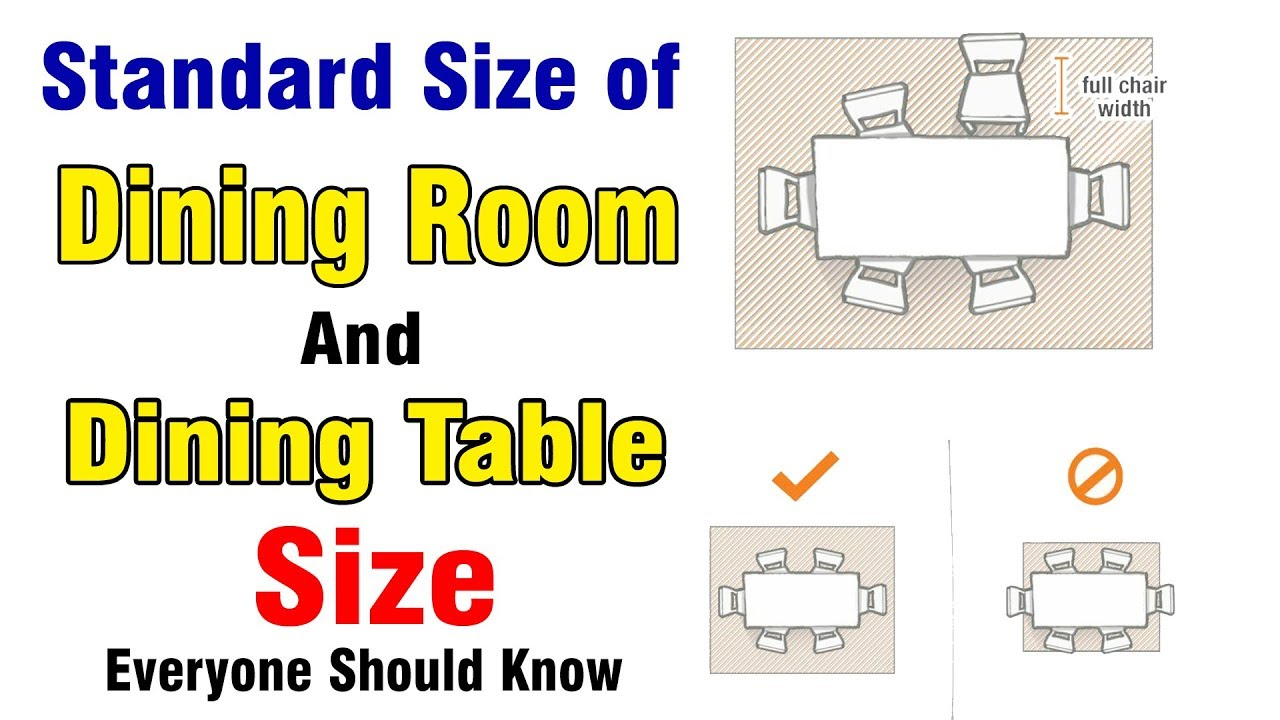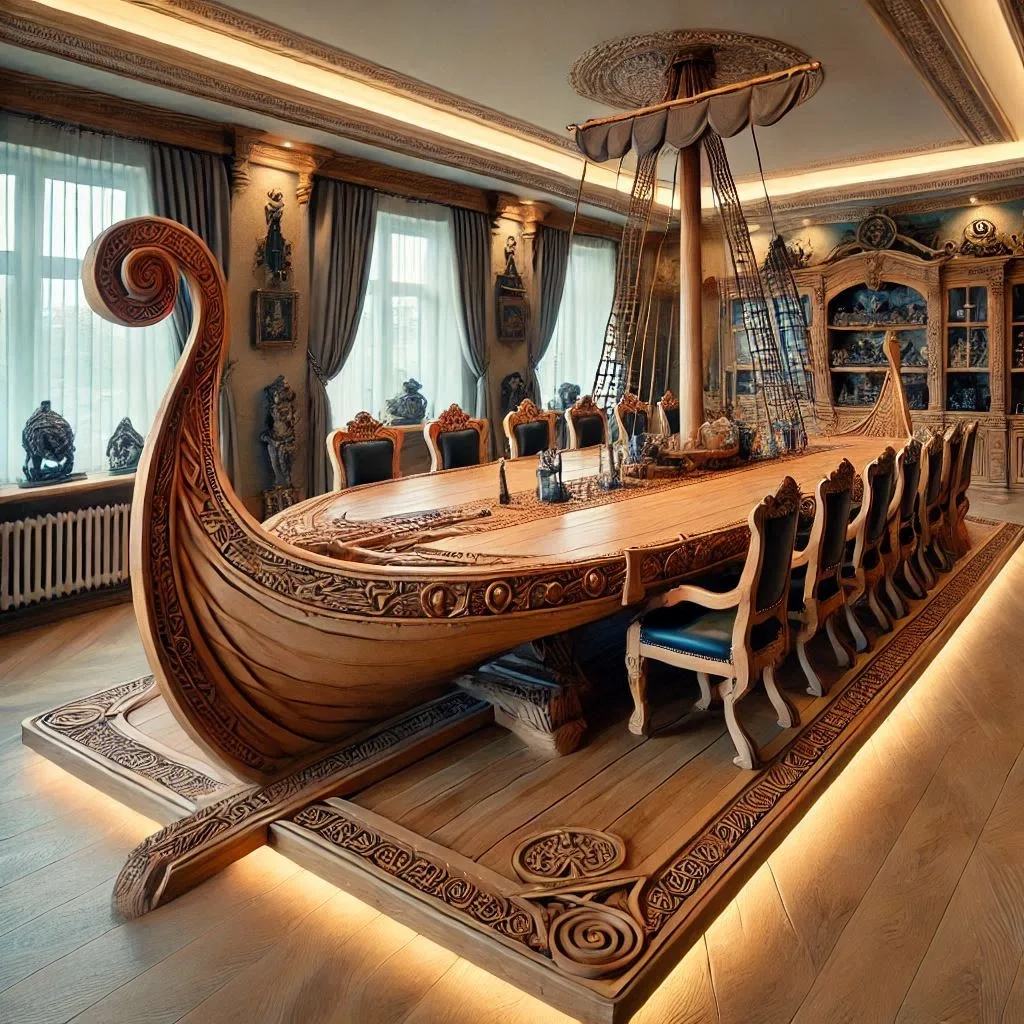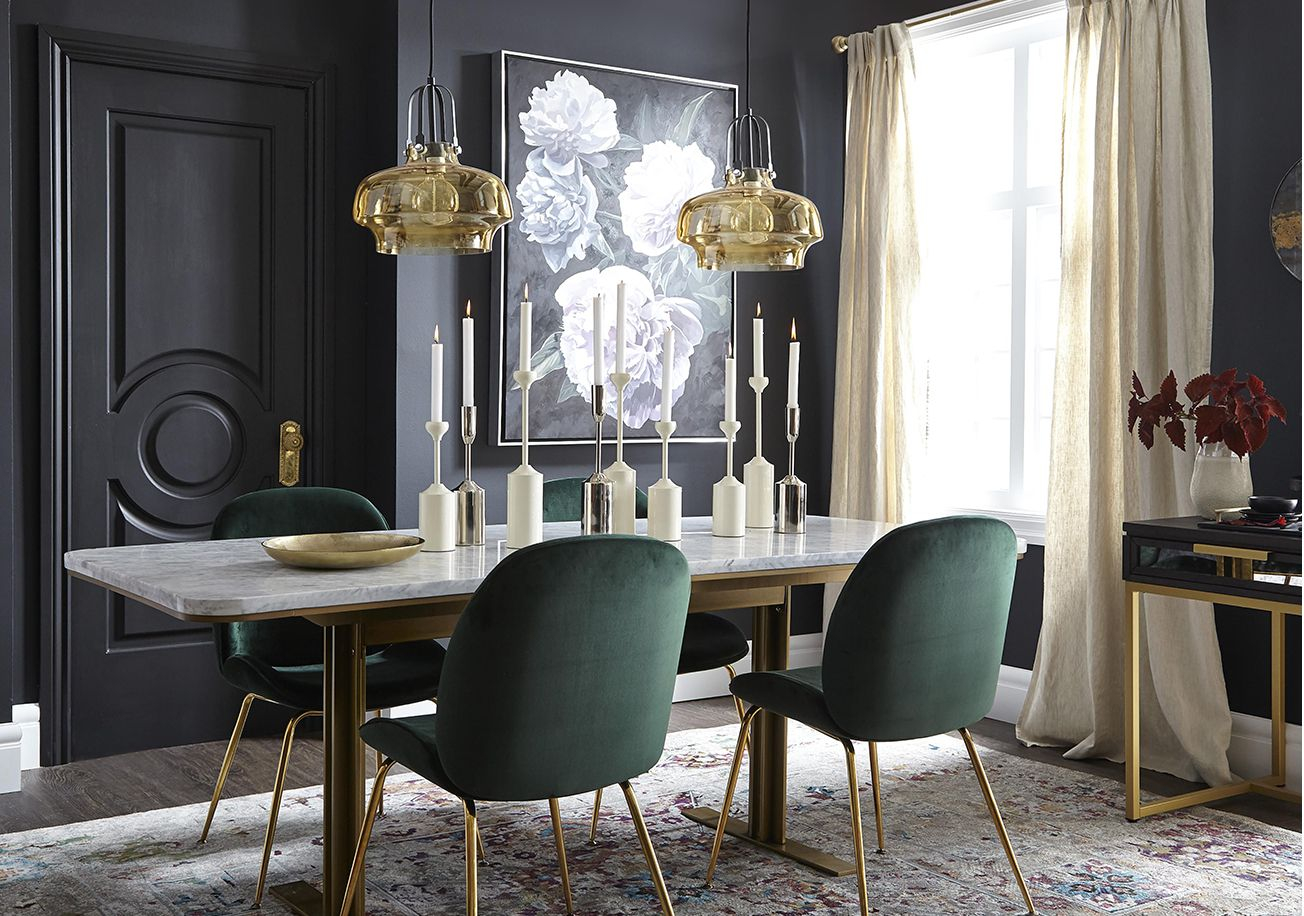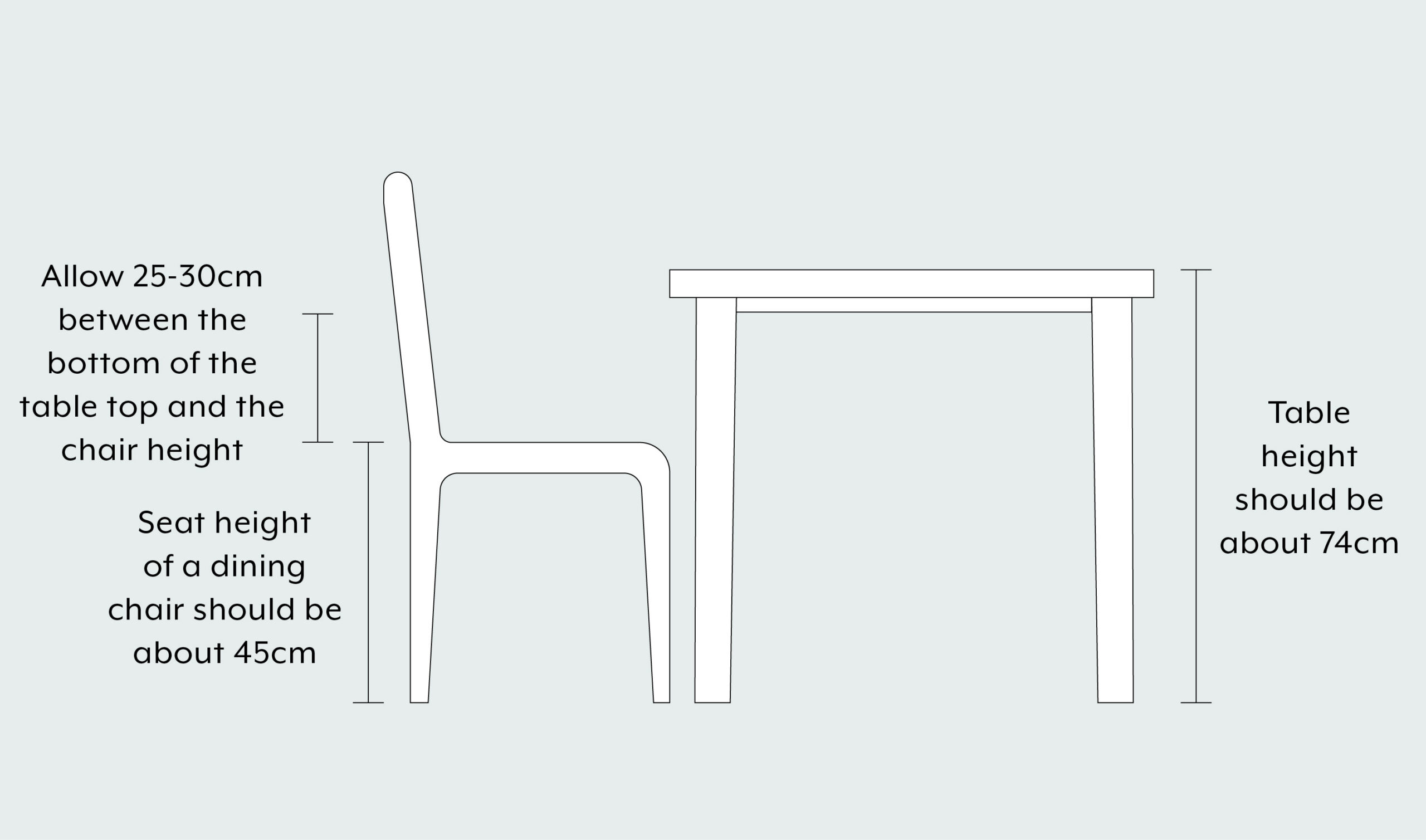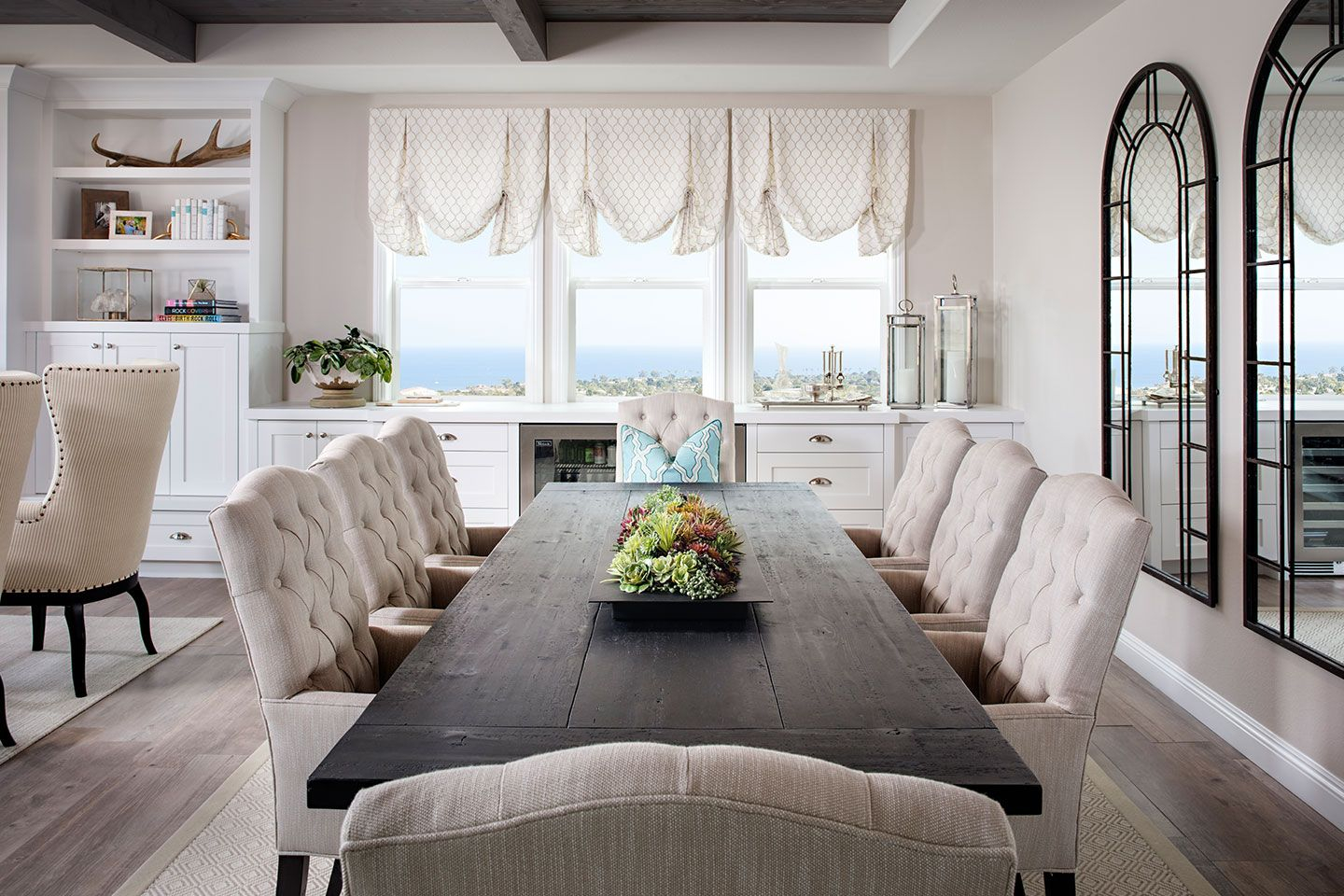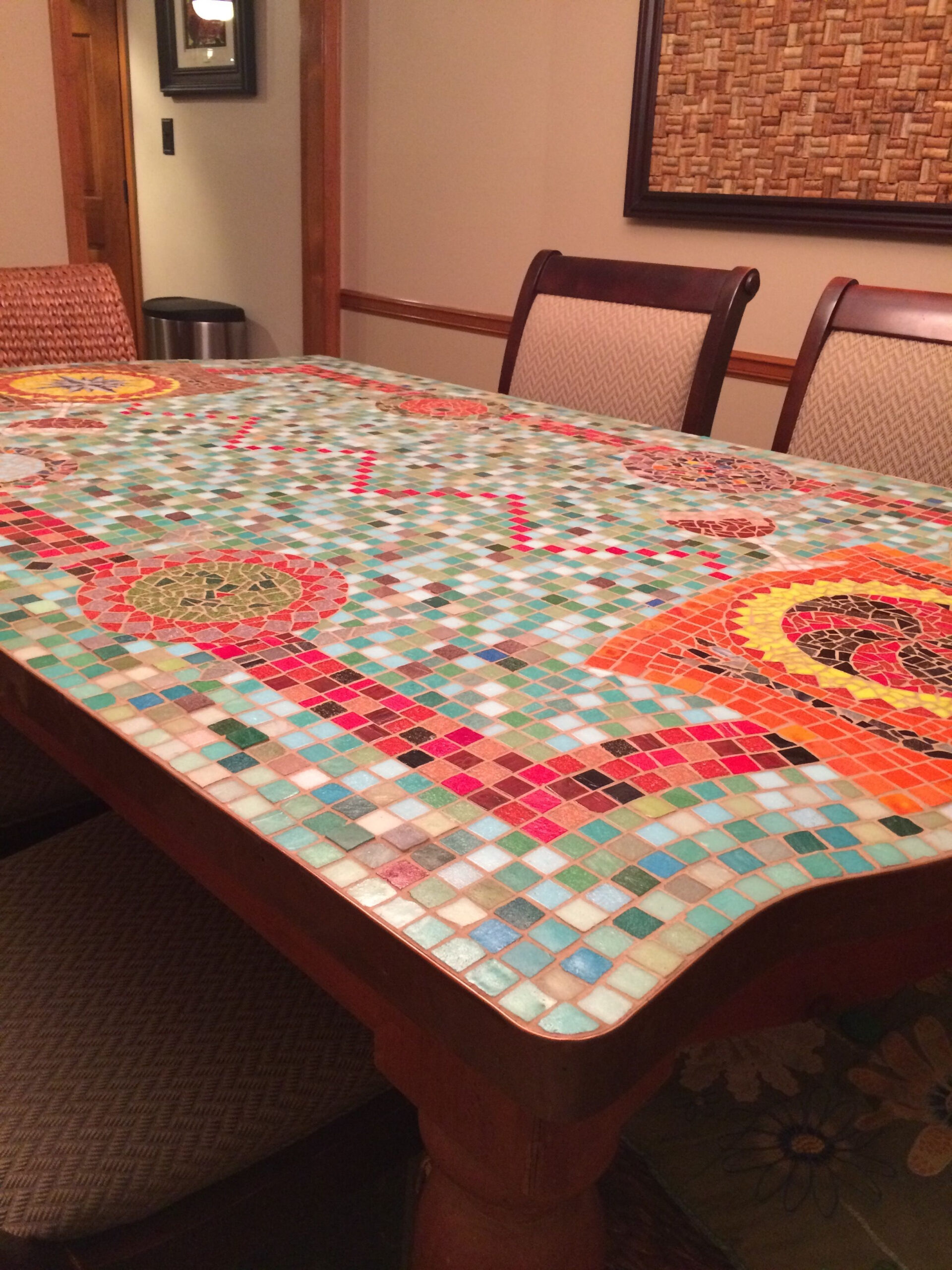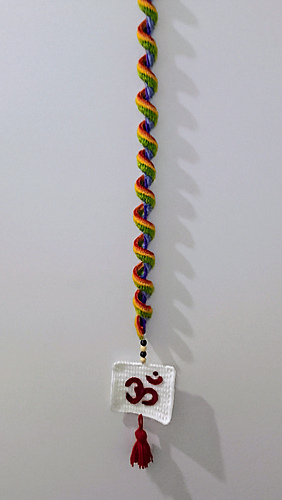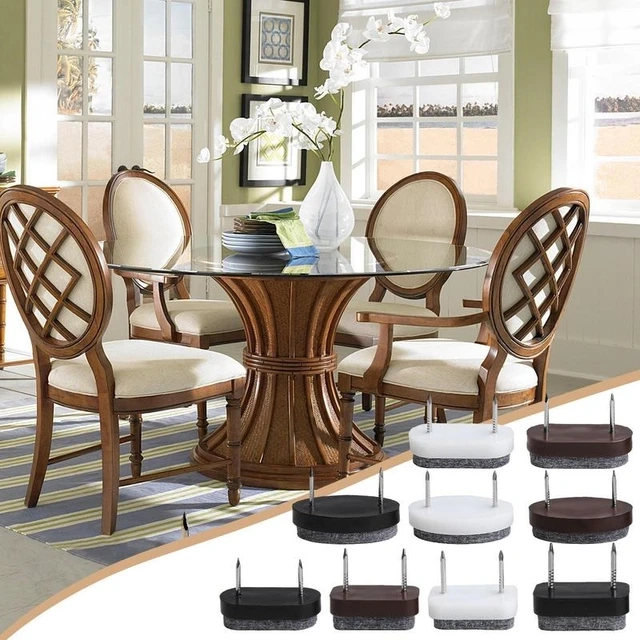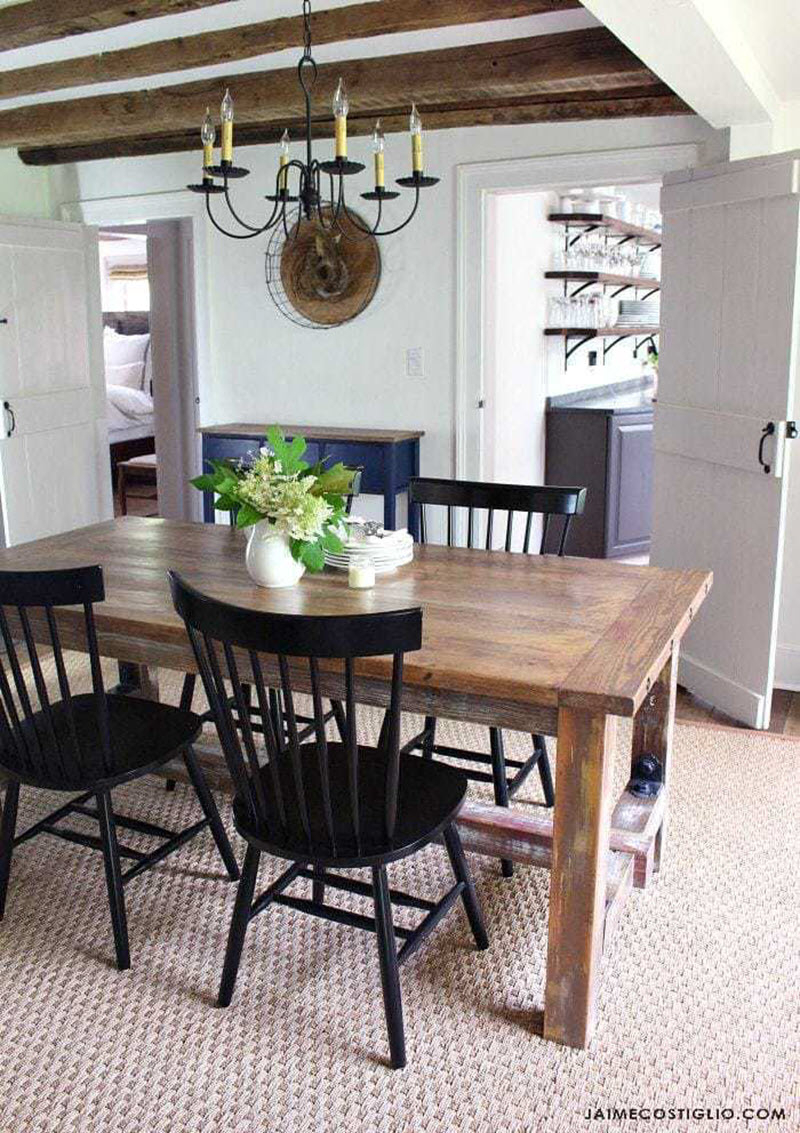We all know that feeling. You’ve found the dining table of your dreams, the perfect style, the ideal wood. But then comes the dreaded question: will it actually fit? And not just fit, but will it make your dining room feel like a cramped shoebox or a cavernous, echoing hall? Picking the right size is more than just a quick measurement; it’s about creating a space where memories are made, where conversations flow, and where everyone feels comfortable. Let’s go beyond the tape measure and find that sweet spot for your home.
Choosing a dining table is a big decision. It’s often the centerpiece of your home, the spot where families gather for meals, celebrations, and everyday chats. But let’s be honest, the sheer variety of sizes and shapes can be overwhelming. You might be staring at your room, armed with a tape measure, feeling like you’re deciphering a secret code. We’re here to demystify the process. It’s not just about squeezing a table in; it’s about orchestrating a harmonious balance between the furniture and the people who will use it. Think of it as designing for connection, not just consumption.
Understanding Your Space: The Foundation
Before you even look at tables, take a good, hard look at your dining area. What are the dimensions of the room itself? Don’t just measure the length and width; consider the ceiling height and any architectural features like windows, doors, or built-in cabinets that might impact placement. A common mistake is forgetting about the ‘walk-around’ space. You need enough room to comfortably pull out chairs and walk behind seated guests. Aim for at least 3 feet (about 90 cm) of clearance on all sides where people will be seated and walking. This is crucial for flow and functionality. Imagine serving a meal or getting up from the table – you don’t want to be playing a game of furniture Tetris. Measure twice, buy once, as the saying goes. And don’t forget to factor in any other furniture in the room, like a buffet or sideboard. These need their own breathing room too.
Who’s Sitting at the Table? Your Guest List
The number of people you regularly host is a huge factor. Are you a cozy duo, a bustling family of five, or do you frequently entertain larger groups? For everyday use, a table that comfortably seats your immediate family is key. But if you love hosting dinner parties, you’ll need to consider how many extra seats you might need. A good rule of thumb is to allow about 24 inches (60 cm) of width per person. This ensures everyone has enough elbow room without feeling cramped. For a rectangular table, this means adding about 12 inches (30 cm) to the length for every two additional people you want to accommodate. Oval and round tables can sometimes be more flexible for accommodating an extra person or two in a pinch because they lack hard corners. Consider your lifestyle: do you eat at the table every night, or is it mostly for special occasions? This will influence how much everyday comfort you prioritize versus occasional entertaining capacity.
Shape Shifters: Round, Rectangular, and Beyond
The shape of your table can significantly impact how it functions within your space. Rectangular tables are classic and work well in most dining rooms, especially longer ones. They tend to maximize seating. Round tables are fantastic for conversation because they bring everyone closer together. They’re great for smaller spaces and can feel more intimate. However, a large round table can sometimes feel a bit unwieldy and might not seat as many people as a similarly sized rectangular one. Square tables are lovely for smaller, more intimate gatherings and can work well in square rooms. Consider how the shape of the table complements the shape of your room. A long, narrow room might benefit from a rectangular table, while a more open, square space could be perfect for a round or square option. Think about how you use the space – do you need to navigate around the table easily? Do conversations flow best when everyone can see each other? These are important considerations.
The ‘Comfort Zone’ Factor: Chair Clearance
This is where many people stumble. It’s not enough to just measure the table; you need to account for the chairs and the space they require. When chairs are pushed in, they should fit neatly under the table. When they’re pulled out for seating, people need room to maneuver. As mentioned earlier, a minimum of 3 feet (90 cm) of clearance around the table is essential for comfortable movement. This means measuring from the edge of the table to the nearest wall or other furniture. If you have a pedestal base table, you have a bit more flexibility with chair placement as there are no legs to contend with. For tables with legs, ensure chairs can be pulled out without hitting anything. Consider the depth of your chairs too – some are quite bulky. Mocking it up with tape on the floor can be a lifesaver here. Just outline the table and chair dimensions to get a real feel for the space.
Visualizing the Scale: Avoiding the ‘Too Big’ or ‘Too Small’ Trap
Sometimes, measurements on paper don’t quite translate to how something feels in a room. A table that technically fits might still feel overwhelming or, conversely, lost in the space. A good trick is to use painter’s tape to outline the dimensions of a potential table on your floor. You can even place chairs around it to get a better sense of the scale and how much space you’ll have to move. Consider the ceiling height as well. A very large, heavy-looking table might feel too imposing in a room with a low ceiling. Conversely, a delicate, small table can get lost in a grand room with high ceilings. Think about the overall aesthetic you’re aiming for. Do you want a statement piece, or something that blends seamlessly into the background? Visual proportion is just as important as practical dimensions.
Material Matters and Extensibility Options
The material of your table can also influence its perceived size. A thick, dark wood table might feel more substantial than a glass-topped table with a slim metal base, even if they have the same dimensions. Glass can make a space feel larger because you can see through it. If your entertaining needs vary greatly, consider extendable tables. These are brilliant for maximizing your options. They can be compact for everyday use and then expand to accommodate more guests for special occasions. Whether it’s a leaf that tucks away or extensions that slide out, they offer fantastic versatility. Just be sure to measure your space with the table extended as well as in its regular size, to ensure you have adequate clearance in both configurations.
Finding the ideal dining table size is a blend of practical measurement and thoughtful consideration of how you live and entertain. It’s about creating a space that is not only beautiful but also functional and welcoming. By thinking about your room’s dimensions, your typical guest list, the shape that best suits your space, and ensuring ample room for movement, you can move beyond mere inches and centimeters. Remember to visualize, perhaps even mock up your space, and consider the versatility that different shapes and extendable options offer. The end goal is a dining table that fosters connection and becomes the heart of many happy memories in your home.

